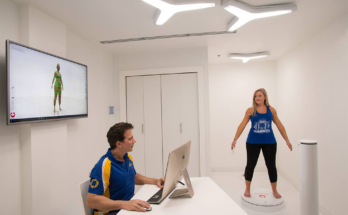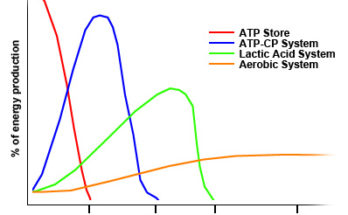Whether you train total-body, isolate body parts, prefer cardiovascular exercise to lifting, or love HIIT training… Whether you’re into classes such as Zumba, or exercise for a sport or activity, we must understand how important it is to train your weakest link. Anyone can develop a muscle imbalance.
If a muscle group is neglected, and other muscle groups are constantly trained, we end up with muscle imbalances. Muscle Imbalances will impact performance and fitness results. Imbalances generally develop over long periods of time and repetition and are one main cause of many chronic pain syndromes and issues.
Tendonitis, shin splints, shoulder pain, low back pain, neck pain, and more are deeply impacted by muscle imbalances. If you’re experiencing pain and dysfunction its likely the manifestation of problems that have been developing for a while.
What is a muscle imbalance?

Muscles operate your joints in force couples. A force couple consists of opposite muscles. A good example of a force couple is at the elbow.
The biceps control elbow flexion, the triceps perform the opposite motion, elbow extension. If one of the muscles in a force couple becomes overused and overdeveloped, the opposite tends to become weakened and inhibited, negatively affect joint function.
Desk posture, constant cell phone usage, typing, and sitting are all positions of stress that our body adapts to by over-developing certain muscle groups to reinforce this position! These are all contributing factors to head, neck and upper body muscle imbalances!
How do I fix it?

A muscle that has been overdeveloped tends to be overactive. In this cycle, your brain is more likely to fire signals to an overactive muscle. You might compensate with an overactive muscle for tasks and functions even if it’s not preferred.
To understand a muscle imbalance we must identify the muscles that contribute TOWARDS the problem, which are often overactive, and also address muscles on the opposite side that are weakened and usually inhibited. A movement assessment is a great tool for identifying muscle imbalances and dysfunctions.
The theory of addressing muscle imbalances lies in strengthening these inhibited muscles. A key step in correcting imbalances is to first relax the overactive muscles with release techniques. We can then properly perform corrective exercises to help strengthen our weak links.
Now what?

To learn what muscle imbalances you might have or be developing, perform an assessment. Then head over to the muscle imbalances section of the website to read more about your imbalances. Construct a program using corrective exercises as additives to help you restore function!



